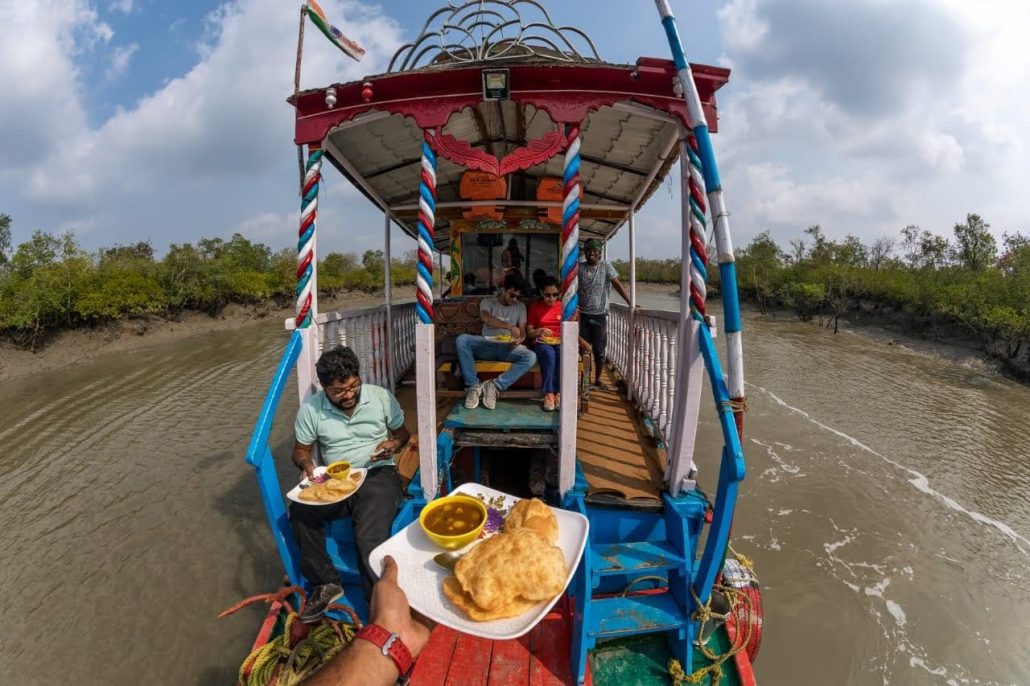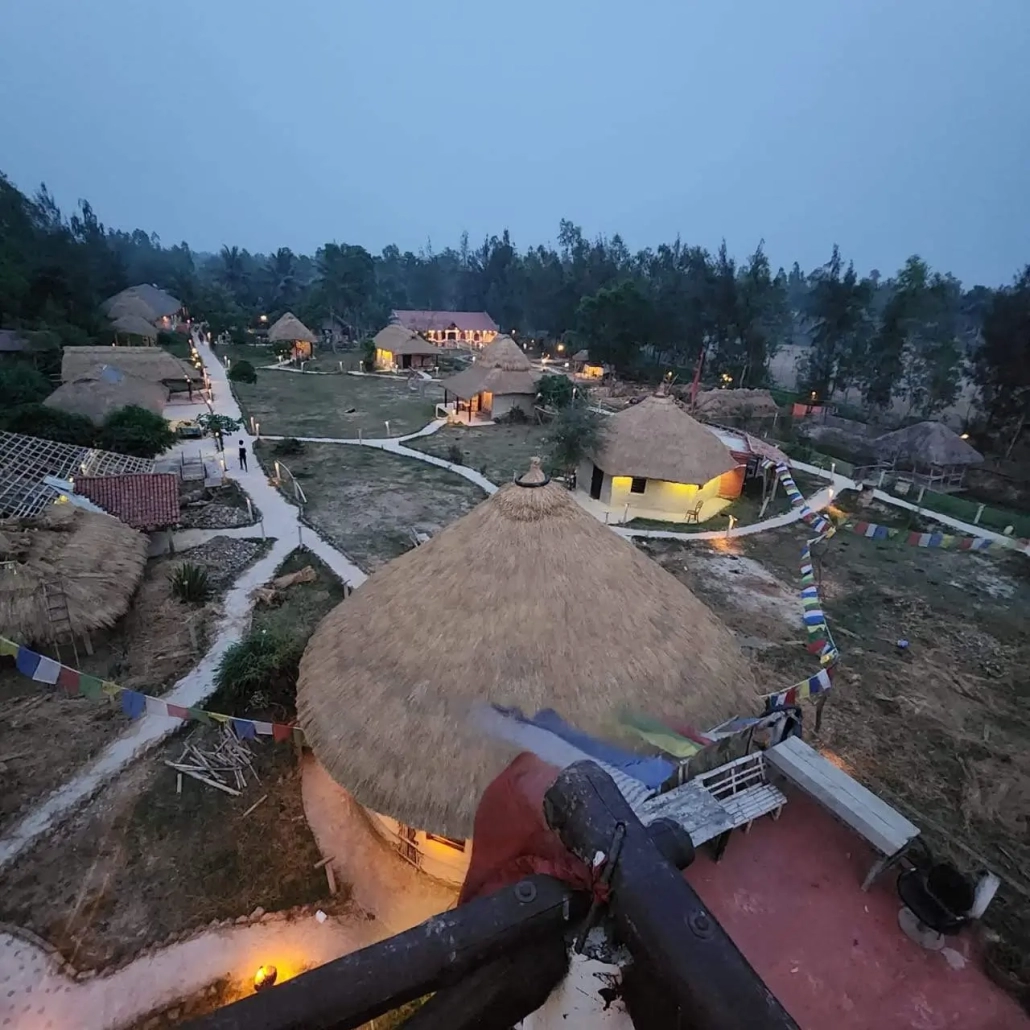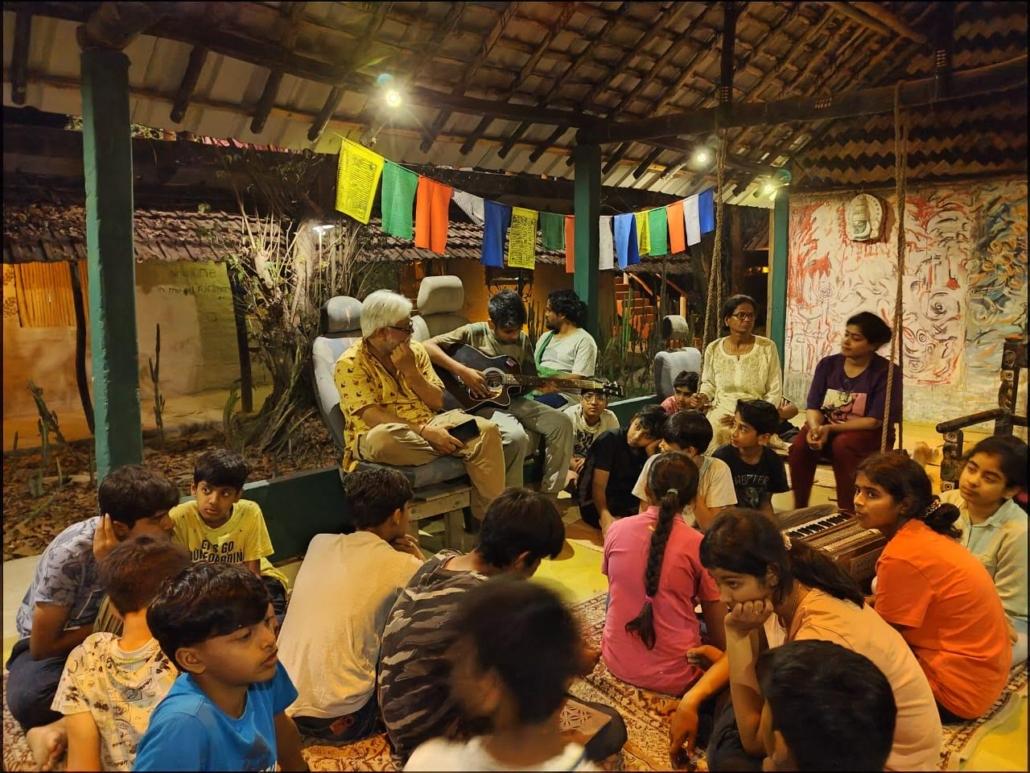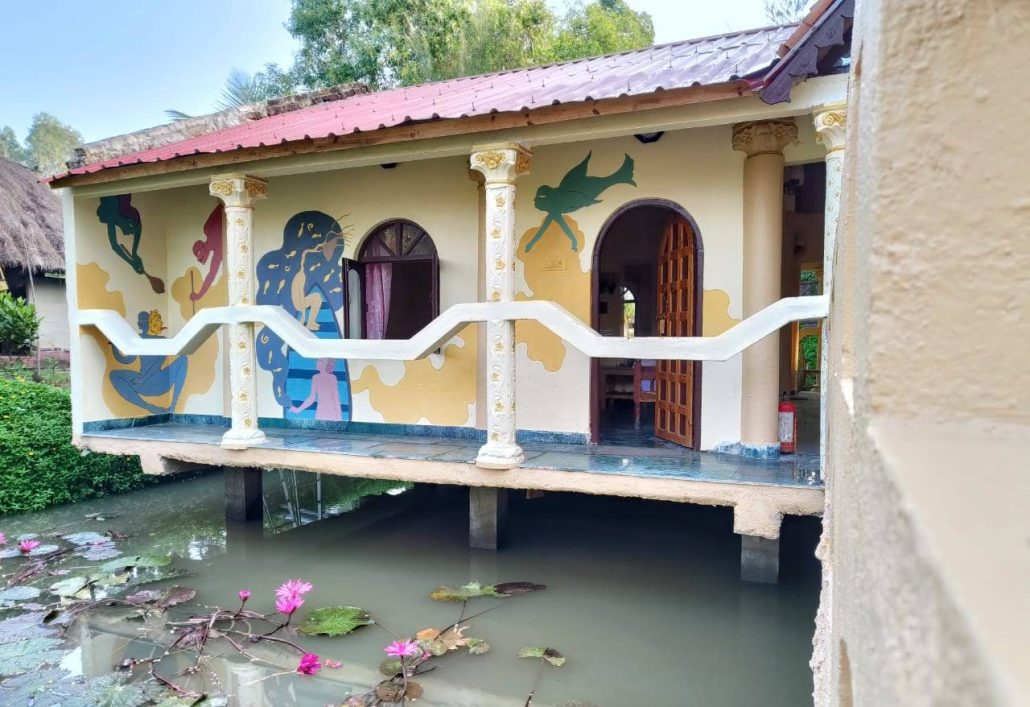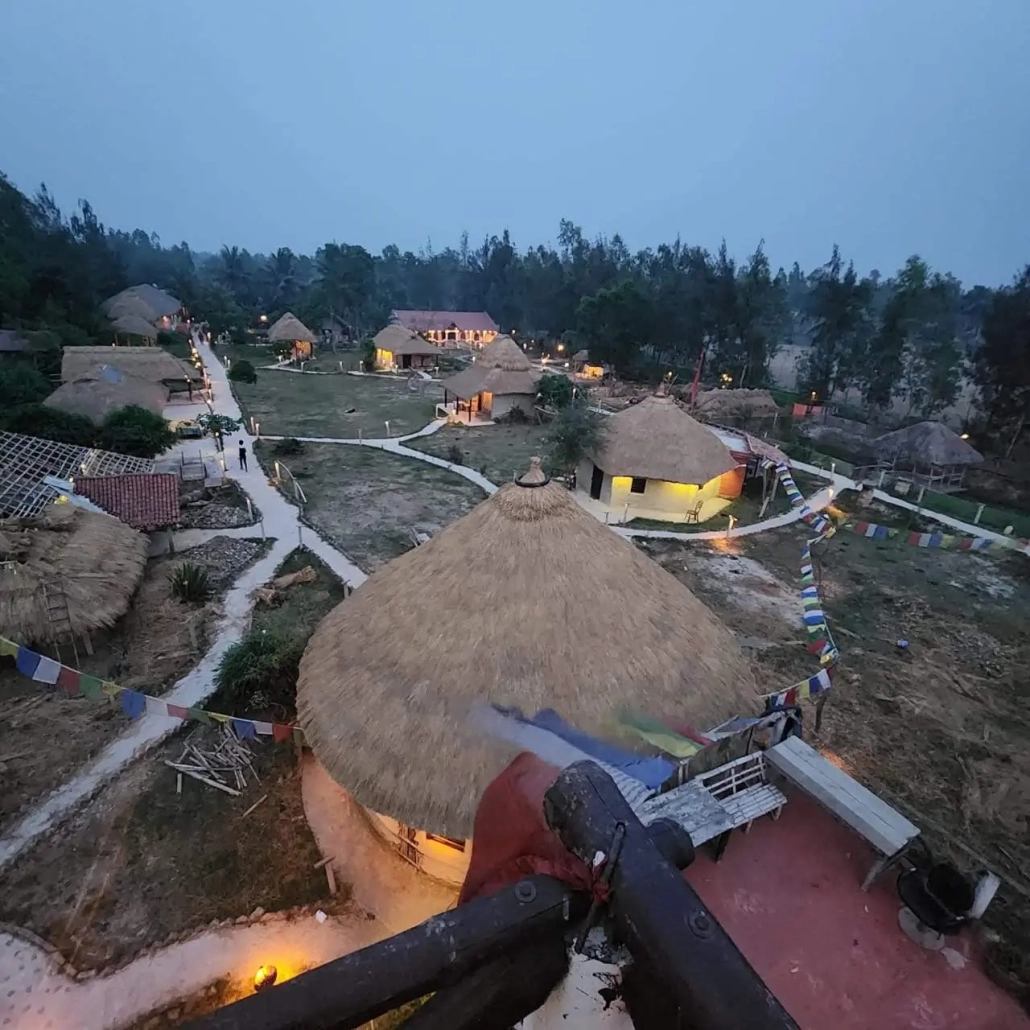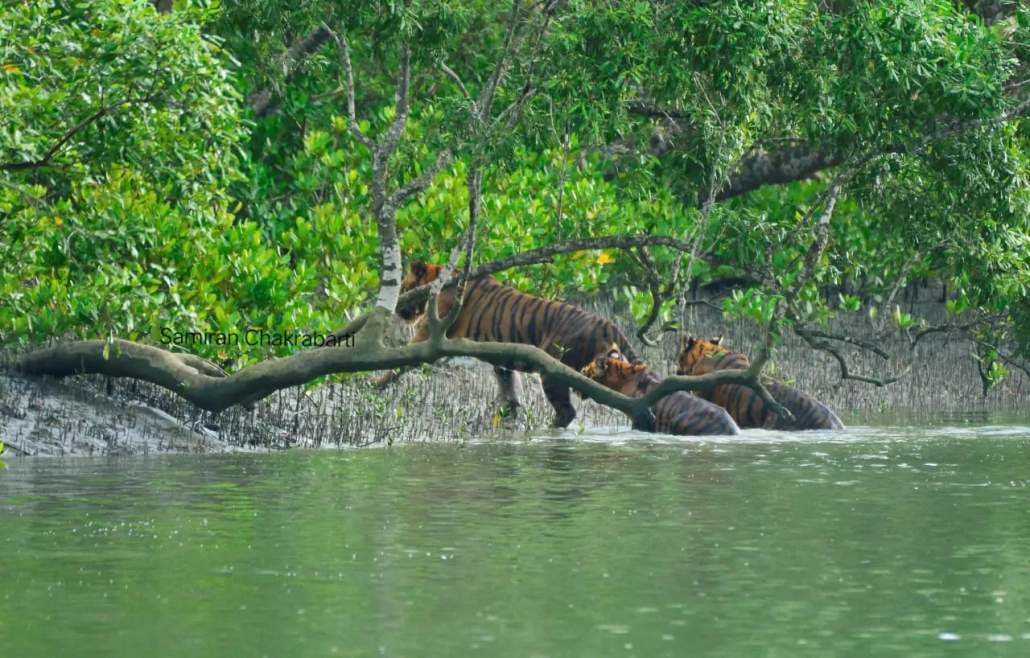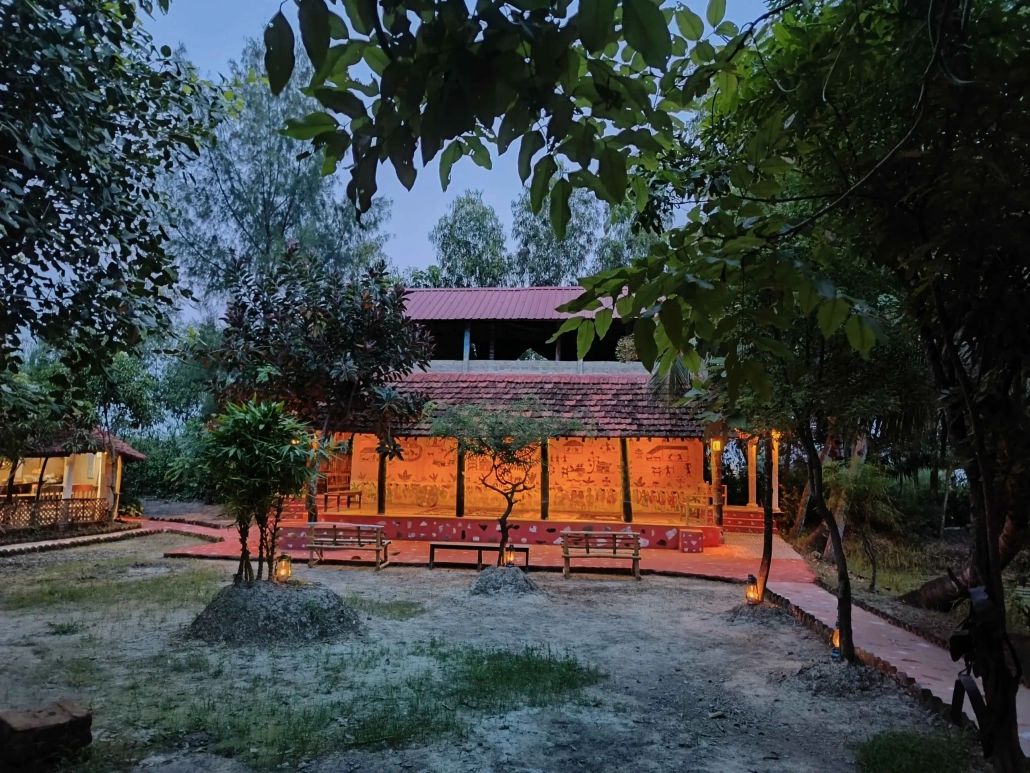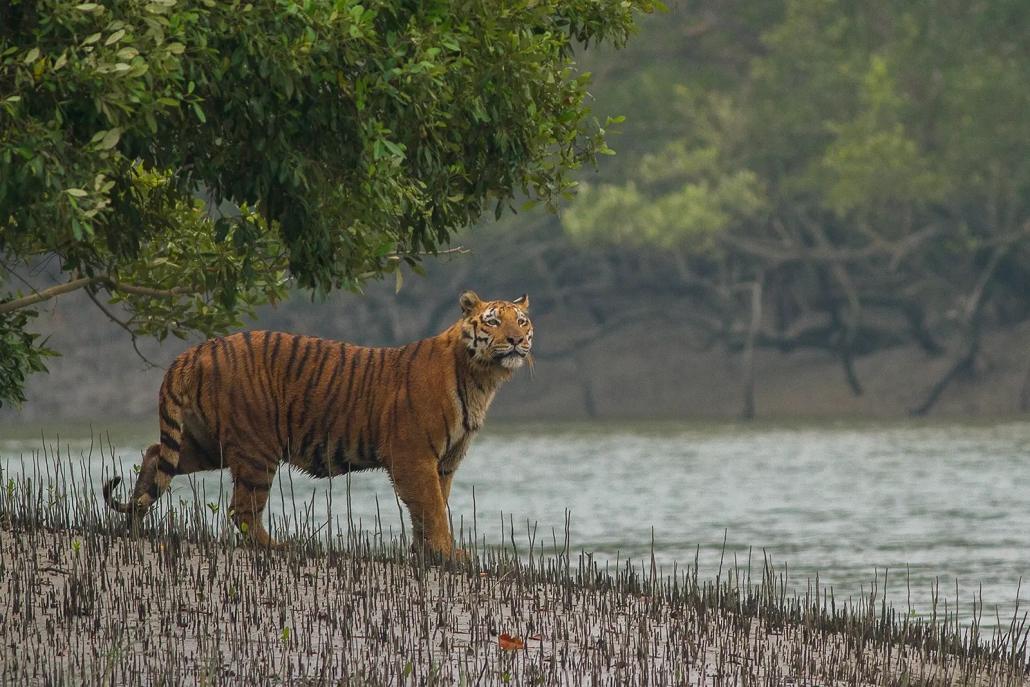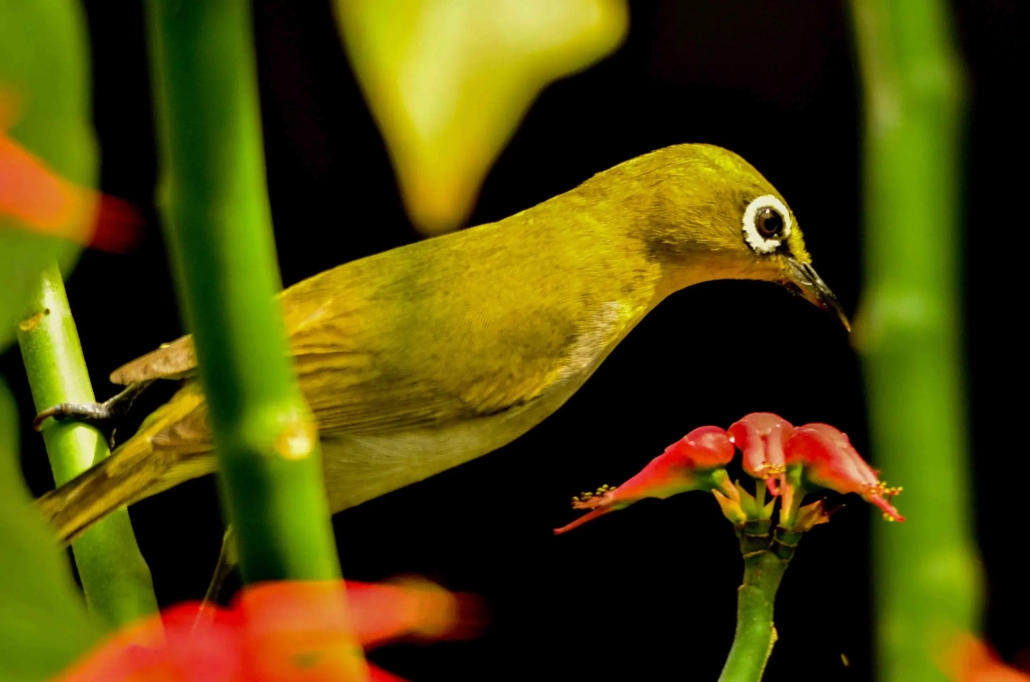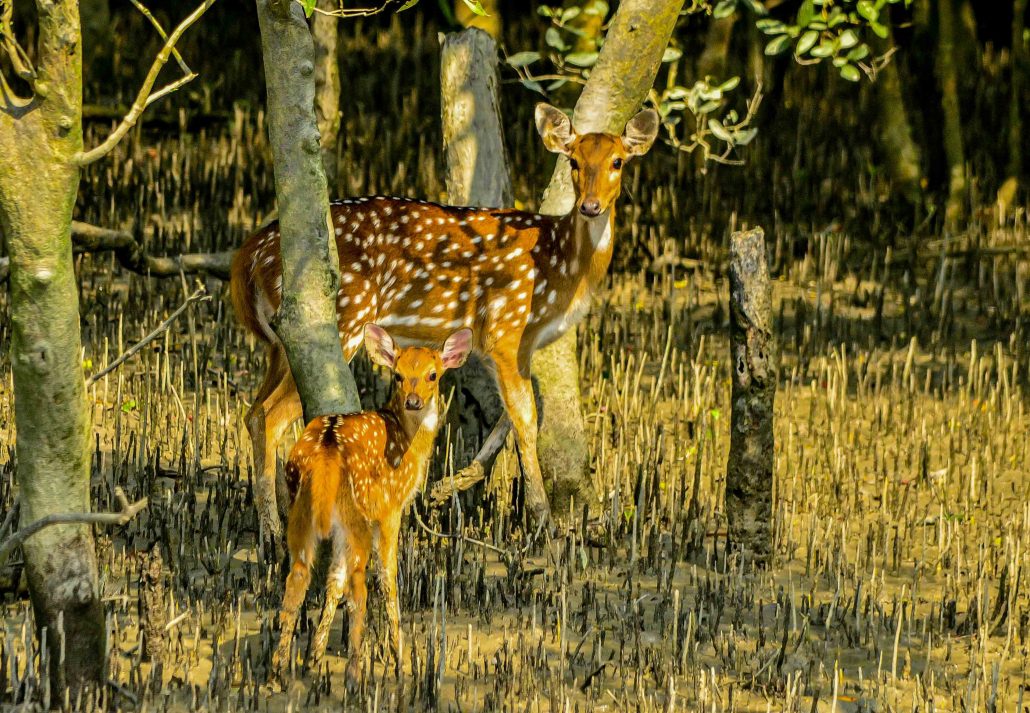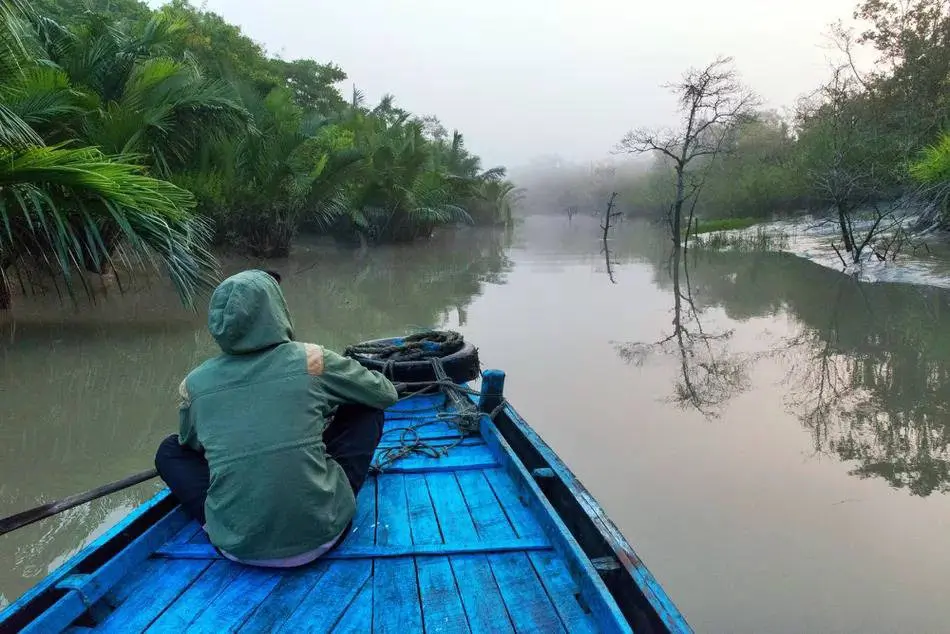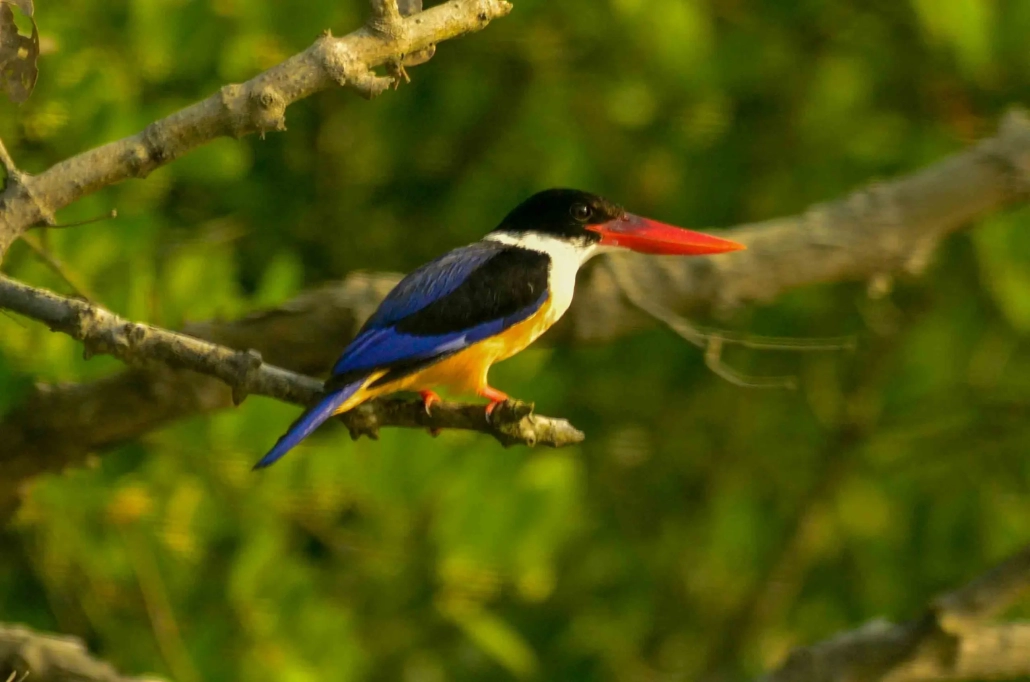People worldwide travel to Sundarban, and each visitor has a unique understanding and appreciation of the area. However, there is still a commonality. We have made some tips to make your trip to Sundarban enjoyable and amazing. These suggestions will enable you to take the safest and most enjoyable route through Sundarban.
Helpful Tips to Make Your Sundarban Tour an Amazing Experience
The Sundarbans are renowned for their great atmosphere, stunning water features, fascinating wildlife, including reptiles and birds, and houseboat rides. Your interests will undoubtedly be found there. With cautious planning, you can make your visit an unforgettable experience in this breathtaking setting. Let’s talk about how fantastic your Sundarban tour is going.
See the incredible River Dolphins up close.
What could be more satisfying than spotting these lovely aquatic species on a Sundarbans wildlife tour? A boat safari leads you to the river’s broad reaches and through mangrove woods that are twisted and flowing, where lovely dolphins are waiting to perform a spectacular dance show for you. The Sundarban is one of the few spots in India where you can see dolphins dancing, which is an amazing sight. However, dolphins visit the riverside.
Try Boating
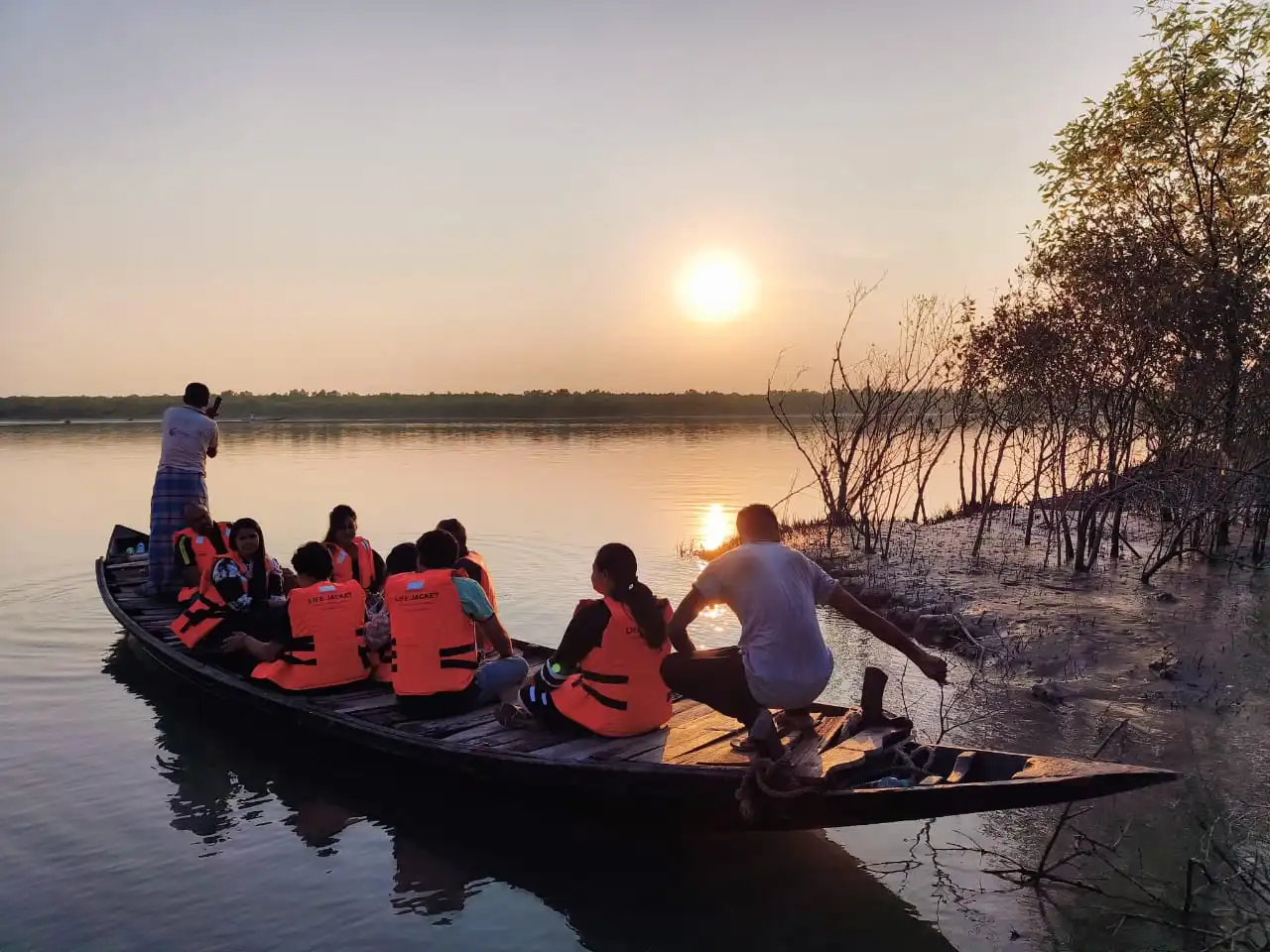
The world’s largest mangrove forest is accessible by boat through the forest, which leads to the canal. Utilise boating to explore the wilderness. Enjoy the side view of the woodland while observing the neighbouring wildlife. Most often, animals and birds visit the river’s edge to drink. While boating, you can enjoy watching the animals along the river. The most deadly royal Bengal tiger occasionally visits the riverside for food, while the swimming tiger is only occasionally spotted in the river.
Sundarban watchtower.
On a wildlife tour of the Sundarbans, what could be more satisfying than catching a wonderful glimpse of these lovely aquatic species? A boat safari will take you to the river’s broad reaches and through mangrove woods that are twisted and flowing, where gorgeous dolphins are waiting to perform a dance show for you that you won’t soon forget. The Sundarbans are among the few locations in India where you may see the breathtaking spectacle of dolphins dancing.
Observing birds at Sajnekhali Bird Centre
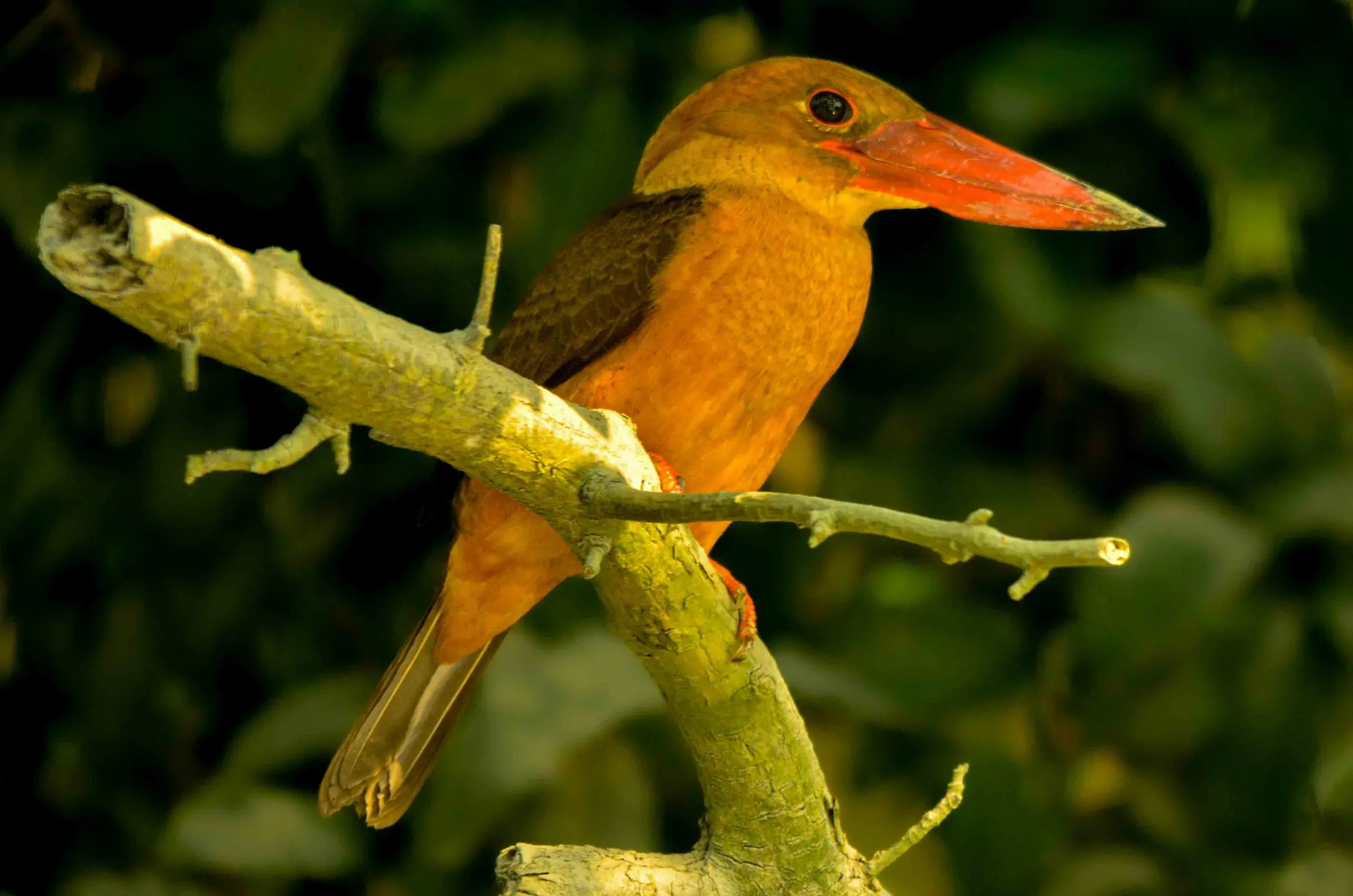
Sajnekhali Bird Centaury, situated in the Sundarbans National Park’s northern region, offers you an experience you will never forget. You have always wished to see this amazing animal. There is an open-air watch tower surrounded by rich vegetation and river channels where more than 200 bird species can be observed, including kingfishers, sand blackbirds, herons, Mediterranean terns, open-billed storks, wimbles, and white-bellied sea eagles, among others.
Explore nearby places.
What could be more satisfying than spotting these lovely aquatic species on a Sundarbans wildlife tour? A boat safari leads you to the river’s broad reaches and through mangrove woods that are twisted and flowing, where lovely dolphins are waiting to perform a spectacular dance show for you. The Sundarbans are among the few locations in India where you may see the breathtaking spectacle of dolphins dancing.
In Short:
In conclusion, going to the Sundarbans can be an unforgettable experience, but planning is crucial. These pointers will help you have a safe, enjoyable, and simply fantastic Sundarban tour. Remember to pack proper attire, bring insect repellent, and show respect for the ecology and culture of the area. The Sundarbans trip has something to offer everyone, whether they are interested in animals, adventure, culture, or conservation. Take the time to arrange your vacation so that you may discover the wonder of this distinctive and biodiverse area.
FAQs
What makes the Sundarbans popular among tourists?
The Sundarbans is a distinctive and well-liked tourist destination for many reasons. It is situated in the delta area of the Ganges, Brahmaputra, and Meghna rivers, spreading across India and Bangladesh, and is the largest mangrove forest in the world. Here are a few explanations for why tourists enjoy visiting the Sundarbans:
- Wildlife: The Royal Bengal Tiger, estuarine crocodiles, spotted deer, wild boar, and several bird species are among the animals that call the Sundarbans home. For many travellers, the opportunity to view these animals in their natural setting is a key lure.
- Adventure pursuits: There are several adventurous pursuits available in the Sundarbans, including boat safaris, nature trails, bird viewing, fishing, and exploring mangrove forests. Adventure seekers and those who enjoy the outdoors are drawn to these pursuits.
- Cultural heritage: Several traditional fishing communities in the Sundarbans are situated along the riverbanks, contributing to the region’s rich cultural legacy. Visitors can taste these communities’ regional way of life, cuisine, and culture.
- Ecotourism: The Sundarbans are well-known for their ecotourism programmes that support environmentally friendly travel habits. This location attracts many people who want to engage in ethical tourism and learn about environmental protection.
The Sundarbans are a well-liked tourist attraction due to their distinctive combination of nature, adventure, culture, and sustainability.
What are the special features of Sundarban National Park?
In India’s Sundarbans Delta region, a UNESCO World Heritage Site and unique and biodiverse protected area is Sundarban National Park. Here are a few of Sundarban National Park’s unique characteristics:
- The biggest mangrove forest: Sundarban National Park, which spans an area of over 1,330 square kilometres, is the biggest mangrove forest on earth. A wide variety of flora and fauna species adapted to the brackish water environment can be found in the park.
- Habitat of the Bengal Tiger: The Royal Bengal Tiger is only found in the Sundarbans, a mangrove forest, in the globe. With an estimated 100 tigers, Sundarban National Park is a crucial habitat for this threatened species.
- Avian diversity: With over 250 bird species documented in the area, Sundarban National Park is a bird watcher’s dream. Several resident and migratory birds include the Asian Openbill Stork, the Black-capped Kingfisher, and the White-bellied Sea Eagle.
- Extraordinary aquatic life: The Irrawaddy Dolphin, Gangetic River Dolphin, and numerous kinds of fish, crabs, and molluscs are all found in Sundarban National Park.
Sundarban National Park is a unique location that gives tourists a rare chance to take in the beauty and diversity of the Sundarbans ecosystem. It is a must-visit location for lovers of the outdoors and those passionate about conservation because of its rare and endangered species, diverse avian population, and significant ecological significance.
What are the three important features of the Sundarban Delta?
The Ganges, Brahmaputra, and Meghna rivers meet in Bangladesh and India at the Sundarbans Delta, a distinctive and significant ecosystem. The Sundarbans Delta has the following three significant qualities:
- Mangrove forests: With an area of over 10,000 square kilometres, the Sundarbans Delta is home to the biggest mangrove forest in the world. In addition to acting as a natural barrier against coastal erosion and shielding inland communities from flooding and cyclones, these mangrove forests are essential to the ecosystem.
- Estuarine habitat: Brackish water, a combination of freshwater and seawater, is a characteristic of the estuary ecosystem that makes up the Sundarbans Delta. Many endangered and rare plant and animal species, including the Royal Bengal Tiger and saltwater crocodiles, are supported by this unique environment.
- River Network: The Sundarbans River delta is crisscrossed by a substantial network of rivers, channels, and streams that offer local communities significant opportunities for transit and subsistence. These streams also sustain a wide variety of aquatic life, including some fish and shellfish species with significant economic value. The river network is also very susceptible to storms and tidal surges, resulting in catastrophic floods and damage to infrastructure.
The Sundarbans Delta, as a whole, is a distinctive and complex ecosystem that sustains a wide variety of plant and animal species and offers significant ecological and economic advantages to the area.

